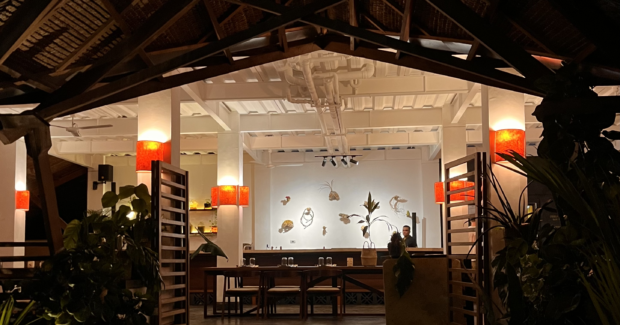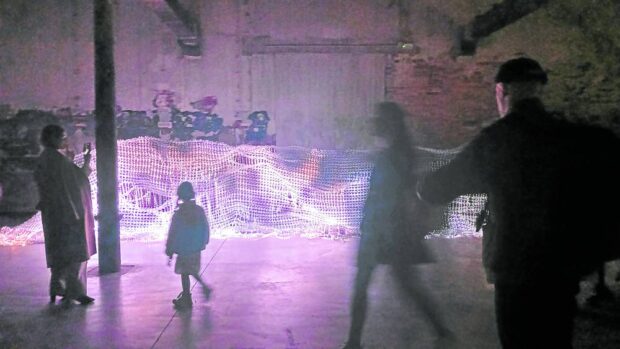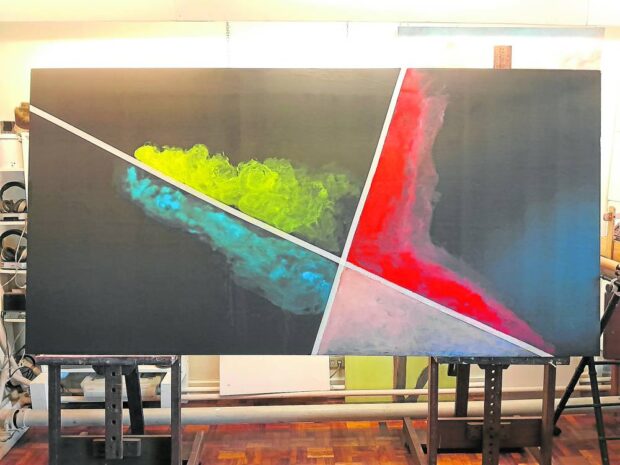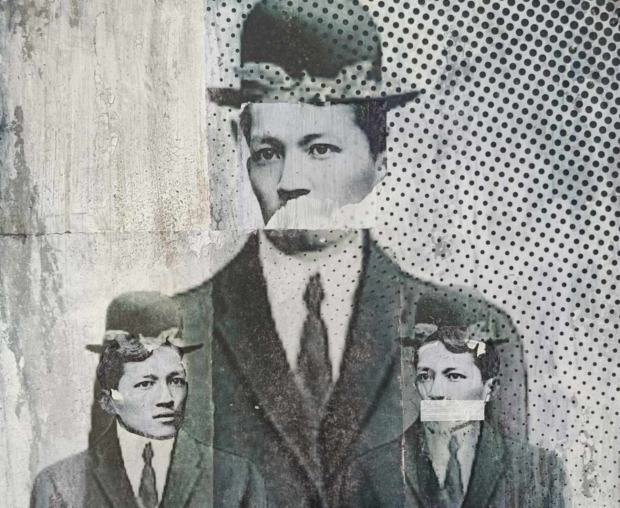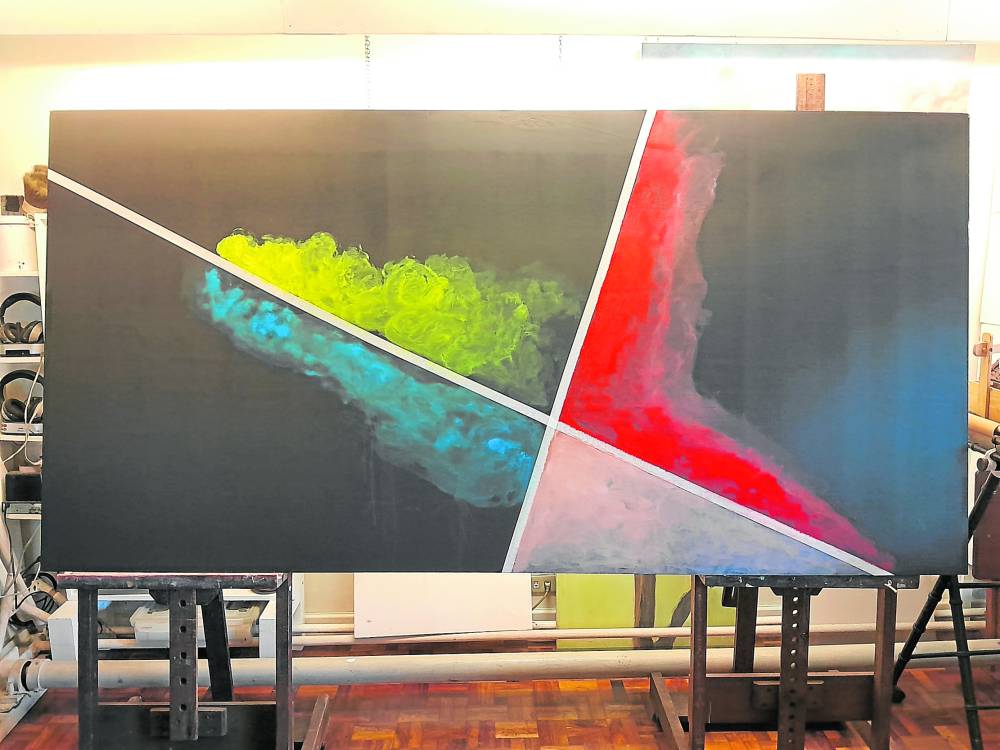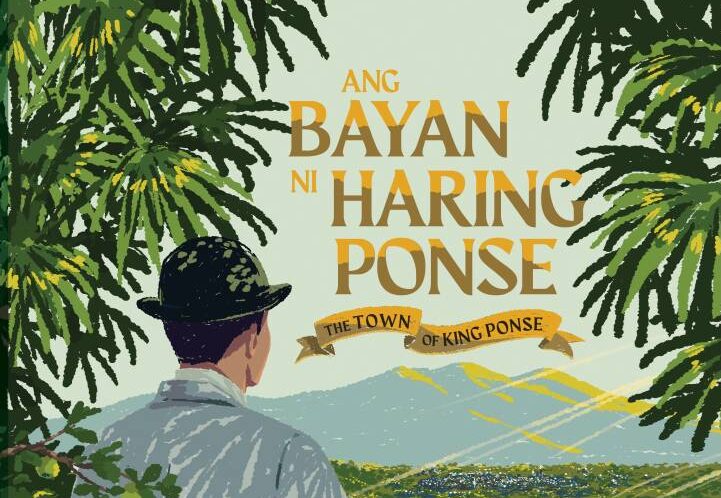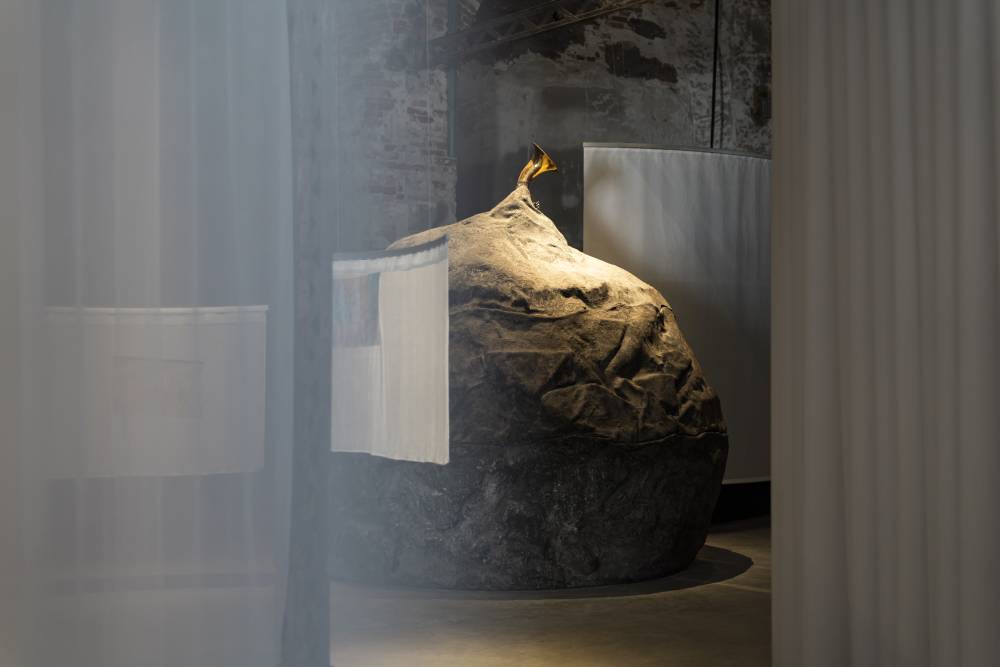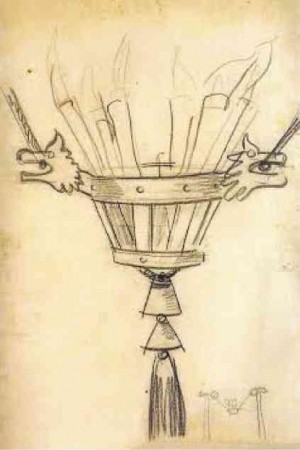
It began with a query raised during several Senate budget hearings about the proposed allocations for 2014 of the Department of Foreign Affairs (DFA) and the government’s cultural agencies.
“Why is the Philippines not participating in the Venice Art Biennale?”
Sen. Loren Legarda, chair of the cultural communities committee, referred to the international art festival established in 1895 that exhibits global trends and fosters critical discussion of these.
Considering that Filipino artists are again establishing a heavy presence in the world arts scene, she said it was inconceivable that the Philippines remains absent in such a major event.
Legarda noted that there were 88 national participations in the 2013 Venice Biennale that she had just visited then.
Among the first timers that time were Angola, the Bahamas, Bahrain, Ivory Coast, Kosovo, Kuwait, Maldives, Paraguay, Tuvalu and the Holy See.
“Seeing the exhibits of these countries, I felt disheartened that the Philippines, a nation rich in culture and in people with remarkable artistic talent and skills, is not part of what is considered the ‘world leader’ in contemporary art exhibitions,” the senator said in an interview.
Legarda has a point. This biennale introduced renowned European painters Marc Chagall, Paul Klee, Georges Braque and René Magritte to the world.
The country’s first participation in the biennale was in 1964, with the Art Association of the Philippines (AAP) valiantly raising private funds to present the works of painter and multimedia artist José Joya and sculptor Napoleon Veloso Abueva.
Legarda’s research showed that Joya brought to Venice several paintings that included “Fishpond Reflections,” “Granadean Arabesque,” “Carcass,” “Episode in Stockholm,” “Quiapo Nazarene Festival,” “Venetian Daybreak,” “Primitive Rituals,” “Surging Red” and “Hills Of Nikko.”
Abueva showed five sculptures: “Allegorical Harpoon,” “Flight,” “Bird,” “City” and “Town Black.”
AAP’s Emmanuel Torres, commissioner general of the first Philippine Pavilion in Venice, pronounced the two who were later named National Artists as “standard reference points: their works are often made the basis by which those of new Filipino artists are compared.”
But 1964 being the advent of Pop Art, it was American artist Robert Rauschenberg who bagged the Gran Premio.
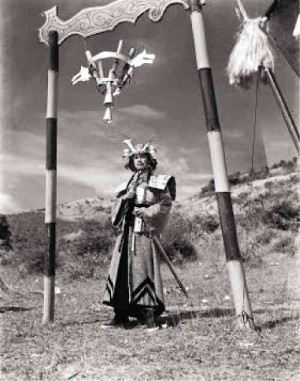
After that, an official delegation representing the country has never returned to Venice.
Former appearances
The National Commission for Culture and the Arts (NCCA) in its official newsletter said Filipino artists still made appearances in the world art show, albeit not via an official delegation.
Brillante Mendoza’s “Thy Womb” and Lav Diaz’s “Melancholia” were both screened and took home the La Navicella prize in the Venice Film Festival, a component of the biennale.
NCCA writer Roel Hoang Manipon said that 20 years ago, Alwin Reamillo’s installation work, “Tres Persona non Grata,” a collaboration with wife Juliet Lea, was shown during the 46th Biennale.
Manipon also noted that Alfredo Juan Aquilizan and wife Maria Isabel Gaudinez were invited in 2003 to show their work “Project M201: In God We Trust.”
The NCCA said these obras were only part of a larger exhibit.
Government officials were probably mum about Legarda’s idea then as it came right after the devastation wrought by supertyphoon “Yolanda” in the Visayas.
“Our cultural agencies said no one ever supported the idea, but there was that willingness and I latched on to that…all I needed was a takeoff,” she recalled.
The senator also insisted that art “will become an even more important platform to highlight Filipino creativity.”
She said art should act as “enabler of development,” which gives the Philippines more reason to join the art fest.
“There was no time to waste. We had to get things going. We are grateful that the government gave a modest budget, enough to bring us back to Venice,” Legarda said.
The senator pointed out that Foreign Secretary Albert del Rosario and NCCA chair Felipe de Leon Jr. were “very supportive.”
Her office met with the two government bodies several times to plan and prepare for various stages of the project.

Jeremy Guiab MMYU
These included renting a venue for the Philippine pavilion, launching an open call, organizing the panel of jurors and deliberating on the curatorial proposals submitted.
Del Rosario and De Leon submitted a letter of intent to Paolo Baratta, president of La Biennale di Venezia. Baratta eventually extended a formal invitation to the Philippines to participate in the biennale in 2015.
Legarda said a coordinating committee composed of representatives from the NCCA, DFA and her office was later created “to facilitate coordination among government agencies involved and to carry out the necessary preparations” for the country’s participation.
The coordinating committee released an advisory for an open call for curatorial proposals that ran from July 25 to Aug. 28, 2014.
Sixteen proposals came in. The panel of jurors composed of Mami Kataoka, chief curator of the Mori Art Museum in Tokyo; Paul Pfeiffer, New York-based multimedia artist; Renaud Proch, executive director of Independent Curators International; Filipino art critic Cid Reyes, De Leon and Legarda chose the one submitted by Patrick Flores.
Titled “Tie A String Around The World,” Flores’ idea centers on the 1950’s film “Genghis Khan” by Manuel Conde that was screened at the Venice Film Festival in 1952.
The film began with a young Khan evolving into a warrior and concludes with him as a conqueror standing atop a mountain with his beloved at his side.
Khan promises her he would “tie a string around the world” and lay it at her feet.
Tence Ruiz, Montelibano
Using Khan’s story as a start, Flores chose intermedia artist José Tence Ruiz, whose haunting work “Shoal” alludes to the World War II vintage BRP Sierra Madre currently beached at the West Philippine Sea—a puny assertion of the country’s claim to several islands in the area.
Flores also selected Mariano Montelibano III’s film that repurposes the sounds and images gathered from a bucolic community in Southern Palawan to illustrate Chinese incursion and survival stories of the residents.
“As the Philippines renews its participation in Venice in 2015, so is the film (Genghis Khan) revisited as a trajectory into the very idea of Venice as a site of convergence and also of dispersal,” Flores explained during a news conference at the DFA main office mid-April.
Flores had earlier flown to Venice to do an ocular inspection of Palazzo Mora where “Tie A String Around The World” would be mounted.
Palazzo Mora is situated in Sestier Cannaregio between San Felice Church and Canal di Noal. It served as a residence to prominent families through several centuries and used to be a major transport hub.
The Philippine pavilion will be open from May 9 to Nov. 22.
“That is six months of opportunity to show the world what the Philippines can contribute to enriching contemporary art. That is six months of presence in the world’s most prestigious global art exhibition,” Legarda noted.
“Now, this is our comeback. After 51 years of absence in the Venice Biennale, the Philippines is back and we intend to stay,” she added.






